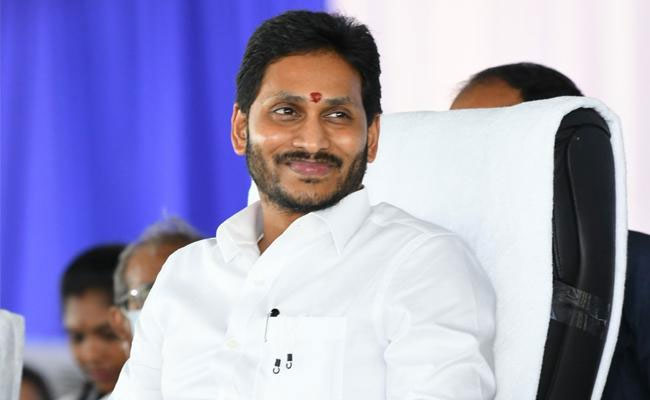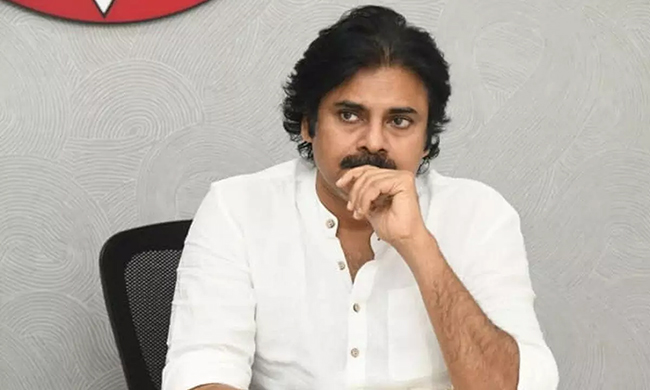China has revamped its military command structure, tailoring it for joint operations of the Army, the Air Force and the Navy — a move that may have acquired fresh urgency on account of the “Pivot to Asia” doctrine of the U.S. and recent political changes in Taiwan. On Monday, President Xi Jinping, who is also the head of the apex Central Military Commission (CMC), inaugurated the formation of five-theatre commands, which will be geared to seamlessly deploy military assets on land, air and sea to “win wars”.
The Eastern, Western, Northern, Southern and Central theatre commands will focus on joint combat. The CMC will exercise overall political, supervisory and administrative control over the armed forces. General Liu Yuejun, 61, has been appointed head of the eastern command. The western command would be headed by General Zhao Zongqi. General Wang Jiaocheng would lead the southern command, while General Song Puxuan will be at the helm the northern command. Lieutenant General Han Weiguo will head the Central Command. Highlighting the necessity of integrated warfare, President Xi at the inaugural ceremony said: “Each command must concentrate on studying modern warfare … and proactively seize the initiative in a future war”.
He added: “[You should] enhance joint command, joint action and joint logistics, and ensure troops are combat ready and complete military missions.” ‘Chinese dream’ In the broader context, the President visualises military reforms as a core element of an ongoing effort to realise the “Chinese dream”. Analysts say that acquisition of hard power— economic, military, scientific, political and diplomatic —are necessary elements to achieve this goal, though achieving economic equity and clean air are also part of the mix. Yet there may be pressing geopolitical considerations that are driving urgent military reforms. Observers say the “Pivot to Asia” doctrine, envisaging bulk concentration of U.S. forces in the Asia-Pacific, has imparted urgency to China’s military modernisation.
Notwithstanding a credible nuclear deterrent and missiles that can destroy aircraft carriers, Chinese military planners acknowledge that the gap between the military capabilities of China and the U.S. was still too wide. An editorial in the Global Times, a state-run tabloid, was blunt in acknowledging that recently. “China’s military strength still significantly lags behind that of the US.” In China’s blogosphere, there is a reference to the emergence of a more nationalist government in Taiwan as a factor driving speedy military reforms. “The real war Xi is preparing is the war to unify Taiwan with China. Xi cannot be sure that Taiwan will not pursue independence with a pro-independence President in power. Nor is he sure that the U.S. will not interfere if China takes Taiwan by force.
Sovereignty threats Due to strong nationalism among Chinese people, Mr. Xi and his party will become entirely unpopular if they fail to take Taiwan by force if Taiwan pursues independence,” says blogging website Tiananmen’s Tremendous Achievements. In an earlier advocacy for military reforms, a Xinhua write-up listed “invasion, subversion” and “sovereignty threats” as areas which need to be addressed for ensuring that “development and stability are not interrupted or sabotaged”.
During Monday’s ceremony, President Xi stressed that centralisation of the military architecture was vital, and all the theatre commands should “unswervingly follow the absolute leadership of the Communist Party of China over the military and carry out the orders and instructions of the CPC Central Committee and the CMC to the letter”.
Recent Random Post:
















